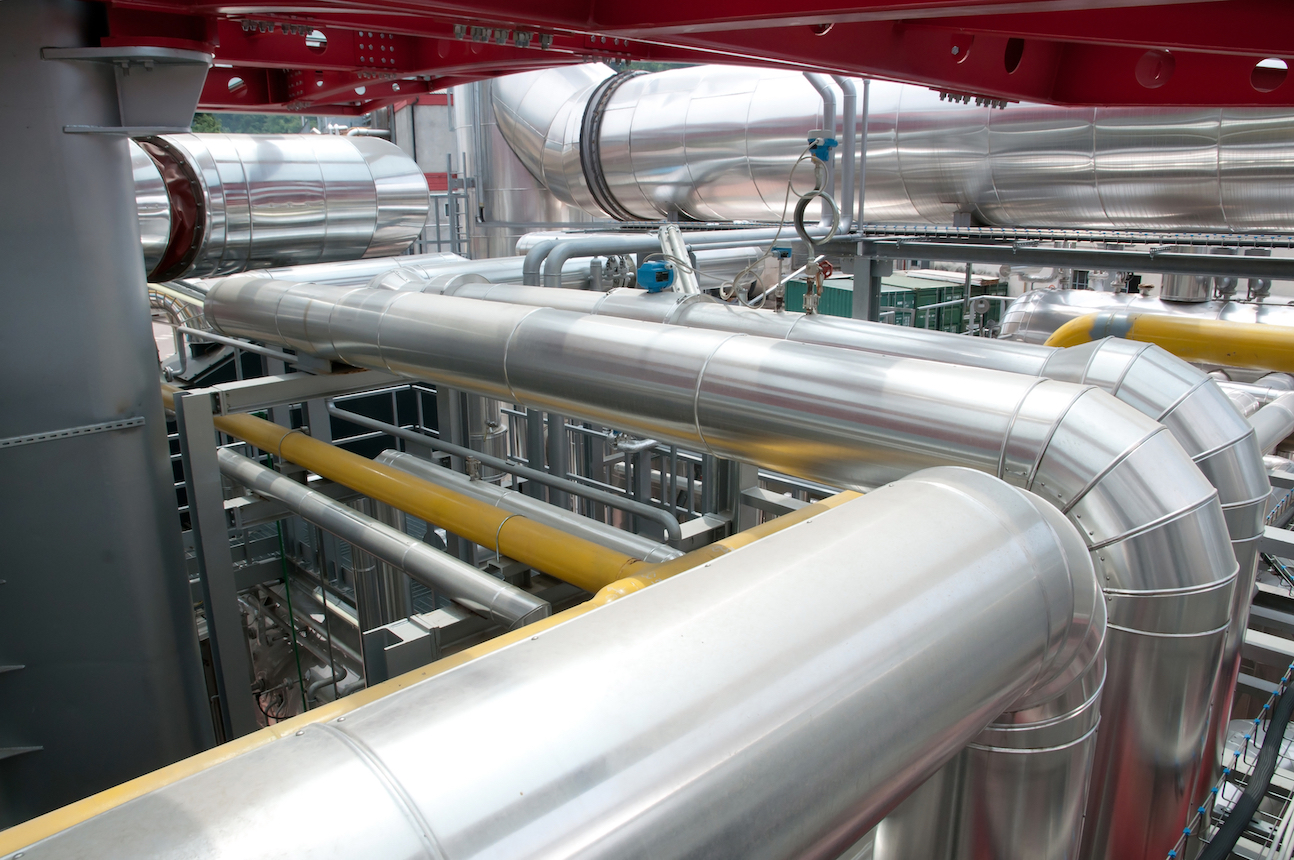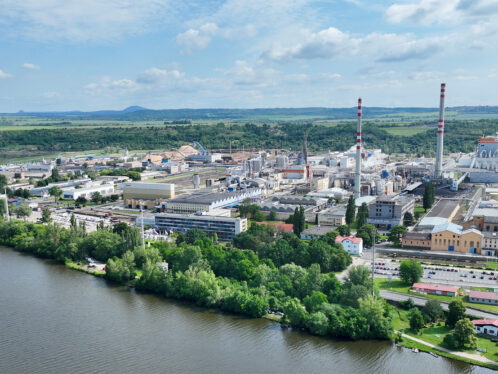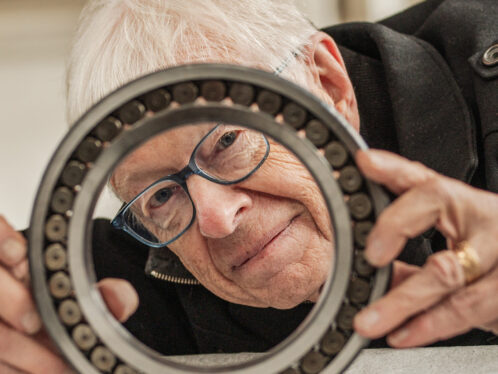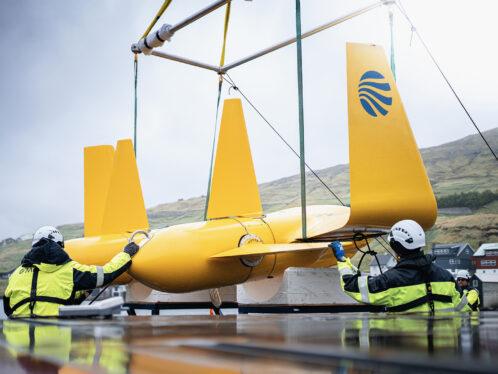
Twist and Turn
“The twist” was a rock ‘n’ roll dance phenomenon that swept the world in the 1950s and still lives on in some places. This movement is no longer limited to humans having a good time; now there is one high-rise building in Scotland that does the same.
“The twist” was a rock ‘n’ roll dance phenomenon that swept the world in the 1950s and still lives on in some places. This movement is no longer limited to humans having a good time; now there is one high-rise building in Scotland that does the same.
The Glasgow Tower, which rises 127 metres above the river Clyde in Glasgow, can rotate 360 degrees – from the ground up. No other building anywhere can do the twist like this.
To the casual observer, the 13 million euro (GBP 8 million) building looks like an aircraft wing on its end. It is a slender, aerodynamic structure designed to minimise wind resistance.
Which is where the building’s remarkable ability to rotate comes in. By swivelling, the leading edge of the building is constantly set to face the prevailing wind.
The unique design enables the building to be more slender than conventional buildings: The tower has a height-to-width ratio of 13:1, compared with the more conventional 5:1 ratio found in many high-rises.
The secret lies at the building’s base.
The 363-tonne tower is anchored through an inverted “root cone” inside a 15-metre-deep chamber, where it rotates on a turntable of 24 SKF roller bearing assemblies.
How, you might ask, does the tower turn?
Four six-kilowatt electric motors, guided by a wind sensor, turn the tower to face the wind; the whole building can rotate at the speed of one revolution every 20 minutes.
The Glasgow Tower is one of three buildings that make up the Glasgow Science Centre, built on the reclaimed land of the Princes Dock, at the heart of the city.
It was designed by architect Robert Holden and engineer Buro Happold to cope with what have been described as the “phenomenal” wind conditions that can occur in western Scotland.
Coordinating architect Colin Allan says of the tower: “The design dramatically reduces the amount of supporting structure and the weight of the tower.”
The tower houses galleries that showcase Glasgow’s past and its future possibilities. Visitors, in groups of 10, can take the 100-metre journey to the observation cabin that occupies the top of the tower.




